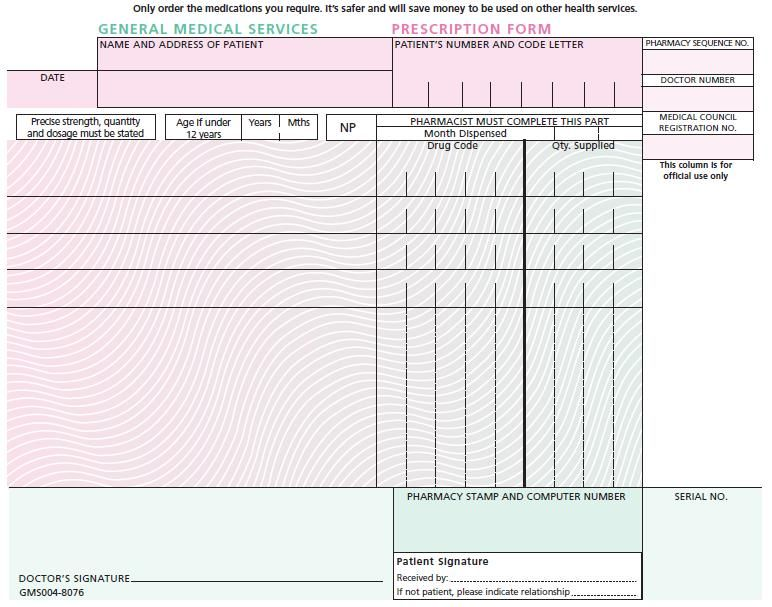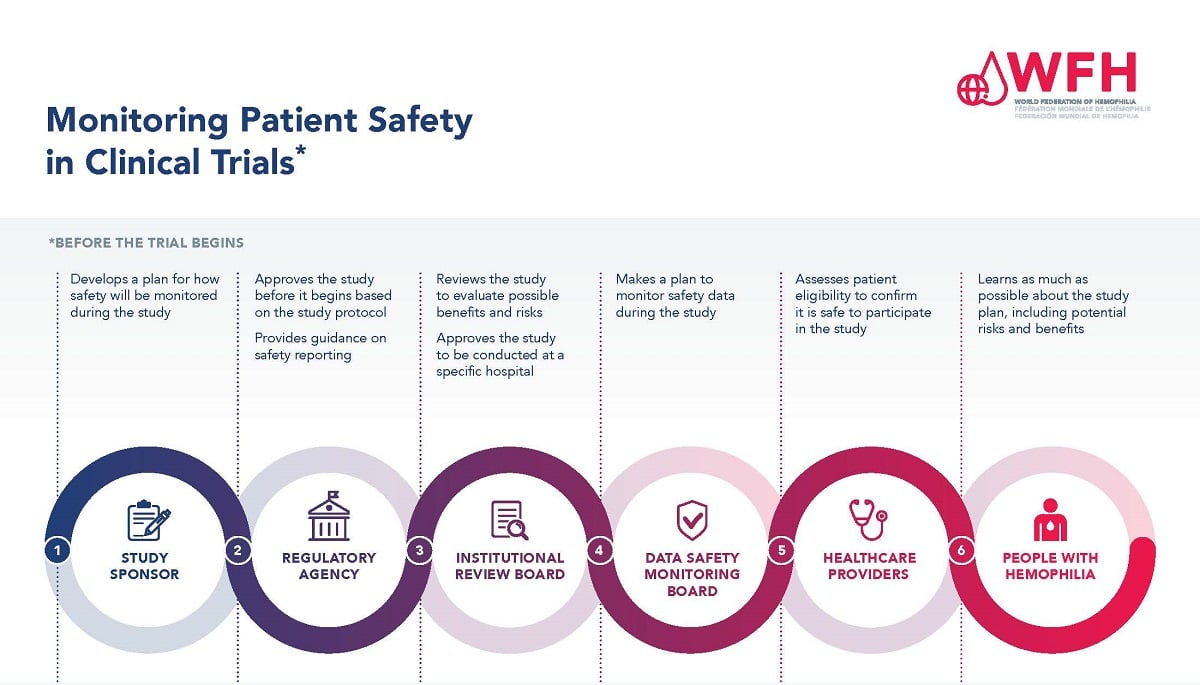Primary care reimbursement has become a pressing issue in the healthcare landscape, as many doctors struggle to provide adequate care amid financial constraints. This dilemma has led to the emergence of innovative primary care payment models, such as the experimental ACO PC Flex program, which aims to transform how primary care is funded. Designed within the framework of a prospective payment system, this initiative seeks to increase financial support to primary care providers while incentivizing preventative care to reduce hospital admissions. By addressing the historic undervaluation of primary care services, stakeholders hope to create a more efficient healthcare environment that prioritizes comprehensive patient care. As the demand for accessible healthcare continues to rise, understanding the nuances of primary care reimbursement becomes essential for both providers and patients alike.
The ongoing challenges surrounding primary care funding are reflected in the broader dialogue about healthcare finance and doctor compensation. Alternative terms like healthcare payment structures, physician reimbursement strategies, and financial models for primary care delivery often surface in discussions about enhancing medical care. These frameworks are critical in reimagining how practitioners deliver services and how they are rewarded for their efforts, particularly in light of the increasing emphasis on preventative healthcare. Addressing these financial hurdles through innovative designs, such as shared savings programs or upfront funding mechanisms, may pave the way for a more resilient primary care system. Understanding these dynamics is crucial as we seek to elevate the significance of primary care in the overall health plan.
Understanding the Challenges in U.S. Primary Care
The U.S. primary care system is currently facing significant challenges that threaten its sustainability and effectiveness. One of the primary issues is the overwhelming demand for healthcare services, combined with a diminishing supply of primary care physicians. This crisis is compounded by corporate influences on healthcare practices, where the focus is often on maximizing the number of patients seen rather than providing quality care. As a result, doctors feel pressured to rush through appointments, which can lead to inadequate patient counseling and follow-up.
In addition to the overwhelming volume of patients, the reimbursement rates for primary care providers are disproportionately low compared to other medical specialties. This disparity discourages many practitioners from entering or remaining in the field. Experts argue that significant reforms are needed, such as restructuring the fee schedules to ensure primary care is valued adequately, rather than sidelined in favor of lucrative specialty services. The need for financial sustainability in primary care directly impacts the quality of care that patients receive.
Exploring ACO PC Flex and Its Impact on Primary Care Reimbursement
The ACO PC Flex initiative represents a groundbreaking shift in how primary care is reimbursed, focusing on a prospective payment model that could significantly improve the financial landscape for primary care providers. Unlike traditional models, which reimburse physicians after services are rendered, ACO PC Flex provides a large upfront payment based on regional averages. This approach is intended to reduce the financial burden associated with patient management and incentivize healthcare providers to invest in preventative care strategies.
This innovative payment model encourages a more proactive approach to healthcare by allowing physicians to allocate resources toward patient education and preventative measures rather than merely reacting to acute medical issues. As a result, ACO PC Flex aims to keep patients healthier and out of the hospital. By aligning financial incentives with patient outcomes, the program hopes to enhance the overall effectiveness of primary care services, ultimately increasing patient satisfaction and reducing healthcare costs long-term.
The Future of Primary Care: Shift Towards Preventative Care and Innovation
The shift towards preventative care within primary care frameworks is crucial, especially as healthcare costs continue to rise. By incentivizing doctors to prioritize preventative measures, healthcare systems can aim to mitigate the development of chronic conditions that often result in costly hospital visits. This innovative approach aligns with the principles of the ACO model and underscores the importance of investing in healthcare innovation as a means to address the systemic challenges faced by the primary care sector.
Preventative care strategies not only improve patient outcomes but also reduce the overall strain on the healthcare system by lowering hospital admission rates. ACO PC Flex embodies this strategy by motivating insurers and providers alike to focus on long-term health management rather than short-term solutions. If successful, these models could serve as a blueprint for reforming other payment systems, ultimately benefiting a larger population and providing a sustainable solution for primary care reimbursement.
The Role of Accountable Care Organizations in Healthcare Innovation
Accountable Care Organizations (ACOs) have emerged as a pivotal component in the evolution of healthcare reimbursement models, particularly in the context of primary care. By incentivizing quality care at lower costs, ACOs represent a significant innovation aimed at improving health outcomes while controlling expenses. The structure of ACOs encourages providers to collaborate, share resources, and utilize data effectively to meet the health needs of their patient populations.
In the landscape of primary care payment models, ACOs stand out by implementing shared savings models that reward physicians for keeping healthcare costs down while maintaining superior care quality. This innovative approach not only aligns financial incentives with patient health outcomes but also fosters a culture of accountability among healthcare providers. As ACOs continue to evolve, they hold the potential to transform how primary care is delivered and reimbursed across the United States.
Prospective Payment Systems: Revolutionizing Primary Care Financing
The introduction of prospective payment systems within the primary care field has the potential to revolutionize how healthcare providers are compensated. By receiving payments before services are rendered, providers can better plan and allocate resources for patient care, ultimately leading to enhanced health outcomes. This model reduces the financial uncertainty experienced by primary care practitioners and allows them to focus on holistic patient management.
Prospective payment encourages healthcare innovation by enabling providers to invest in preventative services and patient education. By creating an environment where physicians are rewarded for keeping patients healthy, this system may significantly decrease unnecessary hospital admissions and reduce overall healthcare expenditures. The long-term implications of implementing prospective payment systems could fundamentally change the perception and operational dynamics of primary care in the U.S.
The Critical Importance of Preventative Care in Modern Medicine
Preventative care is an essential aspect of modern medicine that addresses health risks before they escalate into chronic conditions. Emphasizing preventative care helps promote a healthier population, reducing the overall burden on the healthcare system. By incentivizing primary care providers to engage in preventive measures such as screenings, immunizations, and lifestyle counseling, an effective healthcare strategy emerges that prioritizes long-term health.
The focus on preventative care not only supports patients’ health but also demonstrates a cost-effective strategy for managing healthcare expenditures. By minimizing the incidence of chronic diseases, such as diabetes or heart disease, healthcare systems can save substantial sums on acute care services. Thus, the integration of preventative care within primary care reimbursement models can foster a more sustainable healthcare environment while significantly improving patient quality of life.
HTTP://ACOS: Transforming Patient Care Delivery Models
The implementation of ACOs represents a transformative shift in patient care delivery, allowing for a continuous focus on outcomes rather than the volume of services provided. By emphasizing coordinated care and shared accountability, ACOs support a more integrated approach to managing patient health. This shift encourages providers to work collaboratively across various healthcare settings, ensuring patients receive comprehensive care tailored to their individual needs.
By fostering an environment of collaboration and communication among healthcare providers, ACOs can enhance the quality of care delivered. Patients benefit from seamless transitions between primary and specialty care, reducing fragmentation in service delivery. As ACO models continue to evolve, they promise to redefine patient care not only in terms of health outcomes but also regarding the overall patient experience within the healthcare system.
Evaluating the Impact of ACO PC Flex on Healthcare Spending
The ACO PC Flex initiative is positioned to potentially reshape healthcare spending in primary care significantly. By incentivizing providers to engage in proactive health management, the program aims to limit unnecessary hospitalizations and reduce healthcare costs. The shift to prospective payment methods encourages providers to allocate funds toward essential preventative care measures, ultimately leading to better health outcomes and lower overall expenditures.
Evaluating the impact of ACO PC Flex requires careful monitoring of key metrics, including hospitalization rates, emergency department visits, and patient satisfaction. If the program demonstrates success in achieving its goals, it could pave the way for broader adoption of similar models in other regions and healthcare systems. This could create a ripple effect, reforming how primary care is viewed and funded across the United States.
Navigating Reimbursement Policies for Primary Care Providers
Navigating reimbursement policies is critical for primary care providers in an ever-evolving healthcare landscape. Understanding the intricacies of various payment models, such as those under Medicare and private insurance, can significantly impact the financial viability of a practice. As ACOs and prospective payment systems gain traction, primary care providers must adapt to the changing reimbursement environment to ensure their services remain accessible and sustainable.
By staying informed about policy changes and actively participating in discussions surrounding healthcare reform, primary care providers can advocate for better financial support and sustainable models that prioritize quality care. Engaging with stakeholders, including insurance companies and health policy makers, can open up avenues for collaboration, ultimately leading to improved reimbursement strategies that benefit both providers and patients.
Frequently Asked Questions
What are the benefits of primary care reimbursement through models like ACO PC Flex?
The ACO PC Flex model increases primary care reimbursement by providing upfront payments before services are rendered. This prospective payment system incentivizes physicians to offer preventative care, improve patient outcomes, and reduce costly hospital visits, ultimately promoting a healthier patient population.
How does the prospective payment system in ACO PC Flex differ from traditional primary care reimbursement?
In traditional primary care reimbursement, providers are compensated on a fee-for-service basis after delivering care. The ACO PC Flex model changes this by offering a large payment upfront, which encourages primary care practices to invest in preventative strategies and comprehensive care rather than simply focusing on service volume.
What challenges does the U.S. primary care reimbursement system currently face?
The U.S. primary care reimbursement system is challenged by low payment rates compared to specialists, high patient volumes leading to clinician burnout, and the increasing complexity of medical information. Innovations such as ACO PC Flex aim to address these issues by increasing funding and prioritizing preventative care.
Can the ACO model improve access to preventative care through primary care reimbursement?
Yes, the ACO model, especially ACO PC Flex, is designed to enhance access to preventative care by providing primary care practices with increased funding. This financial support allows practices to focus on preventing serious health issues and keeping patients out of hospitals.
How will ACO PC Flex impact the future of primary care payment models?
If successful, ACO PC Flex could lead to the adoption of similar payment models in broader insurance markets, potentially transforming the landscape of primary care reimbursement. This could create a ripple effect that encourages more investment in primary care, particularly for vulnerable populations.
What role do accountable care organizations (ACOs) play in primary care reimbursement?
Accountable Care Organizations (ACOs) play a key role in primary care reimbursement by incentivizing healthcare providers to deliver high-quality care at lower costs. They encourage shared savings and focus on preventative care, which is essential under models like ACO PC Flex.
Why is preventative care important in the context of primary care reimbursement?
Preventative care is critical in primary care reimbursement because it helps avoid serious health crises that lead to expensive hospital visits. By focusing on prevention, models like ACO PC Flex aim to improve overall health outcomes and reduce healthcare costs in the long run.
What is the significance of shared savings in primary care reimbursement models?
Shared savings in primary care reimbursement models, such as those utilized by ACOs, incentivize physicians to keep costs down while maintaining quality care. If they achieve lower expenditures, they can share in the savings, which promotes more efficient healthcare practices.
| Key Points |
|---|
| The U.S. primary care system faces a crisis due to high demand and low doctor supply. |
| The ACO PC Flex initiative aims to increase primary care spending and improve preventive care. |
| Primary care is often undervalued compared to specialist care, impacting reimbursement rates. |
| Accountable Care Organizations (ACOs) incentivize doctors to deliver high-quality care at lower costs. |
| The prospective payment model provides upfront payments to aid primary care before services are rendered. |
| Successful implementation may influence reimbursement models beyond Medicare, including Medicaid and commercial insurance. |
Summary
Primary care reimbursement is a critical issue facing the healthcare system today. With the introduction of the ACO PC Flex initiative, there is hope that increased funding and innovative payment structures will alleviate the financial challenges primary care providers face. By promoting preventive care and incentivizing quality over quantity, this model aims to enhance access and efficiency in primary care services. If successful, it could serve as a transformative approach to primary care reimbursement, not only benefiting Medicare patients but potentially influencing Medicaid and private insurance practices as well.



